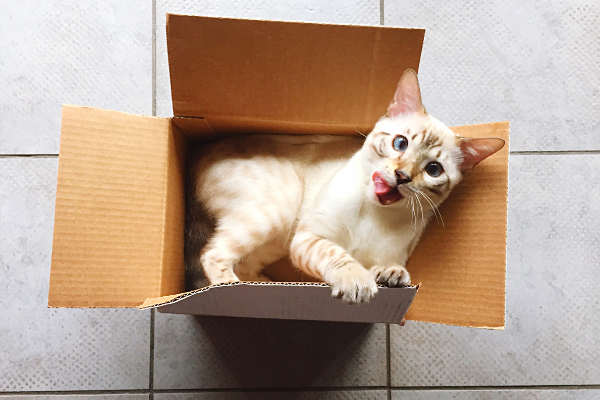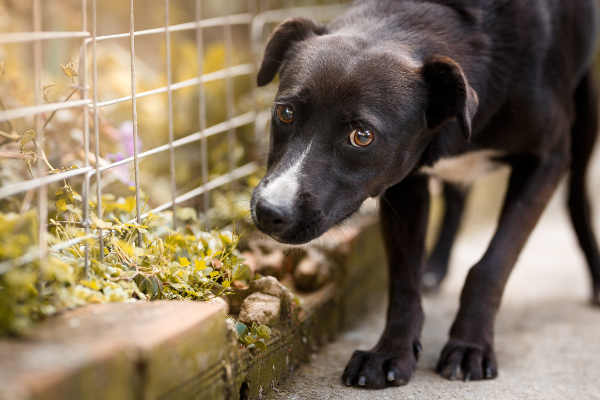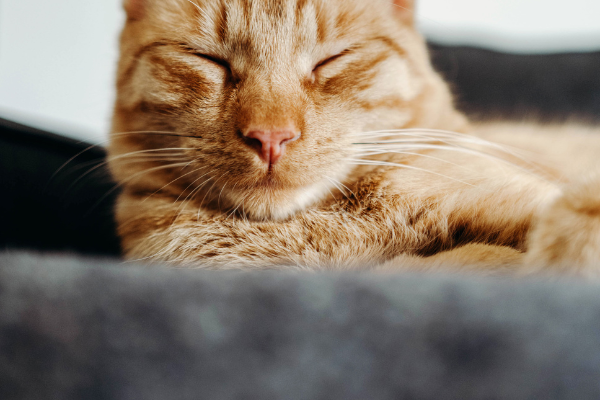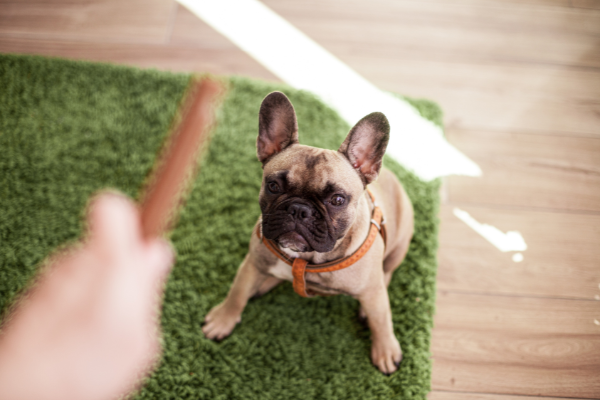Tips for Moving with Pets Pt.3: Helping Your Pet Adjust
You’ve arrived. Perhaps you’ve even managed to unpack some of your belongings and your new place is beginning to feel like home. But what about your cat or dog? How can you help them to feel at home in this new environment?

Begin with Pet Proofing
Ensuring your pet’s safety should be your first step in making your new house their home. Before you begin to introduce your pet to his new home start by doing a thorough pet-proofing. There are many pet-proofing resources out there, but the basics include:
- Secure all screens, windows, gates, and doors
- Make sure pet can not squeeze through or jump over railings
- Check your fencing for escape routes
- Make sure all vents have covers
- Close Toilet lids
- Check for pest traps and poison that may have been left behind
- Look for poisonous plants in your new yard
- Look for less common hazards such as mothballs, electric cords, etc.
Preventing Escape
Most animals are instinctually territorial and will be extremely distressed by being separated from their “turf”. When you first arrive you’ll want to keep your pet secluded in a single part of the house with their things. This will keep them out of the way as you carry things in, but it will also keep them relatively calm and safe. Avoid leaving them unattended in the yard or other easy-to-escape areas as many pets will take the chance to make a break for familiar territory. Even after you’ve moved everything in you’ll want to be especially vigilant about your pet escaping. Many pets will go to great lengths to find familiar surroundings. Some pet recovery specialists recommend placing baby gates in front of all exterior doors for at least the first few days.

Make Slow Introductions
Even the most outgoing companion will need a bit of time to be truly comfortable in a new home. Once all the moving has been done you’ll most likely want to continue to keep your pet restricted to a single room or area. Stay home as much as possible during the adjustment period and introduce your pet to their new space slowly. When your pet seems comfortable allow them to explore for a short period of time while you supervise them. Keep some doors closed and allow them to explore one space at a time. Then return them to their safe space. Increase the duration and extent of exploration until you feel your pet is completely comfortable roaming freely throughout your home.
Get Back to Routine
Another important step in helping your pet adjust will be resuming their regular routine as soon as possible. If your move necessitates changes to the routine begin practicing it right away. This will help calm your pet and help them to get accustomed to their new surroundings. Once your pet knows what to expect they will begin to understand that nothing has changed except for the place.

Be Proactively Positive
How does your dog react when you pick up the leash or your cat when you open a cheese wrapper? Our pets understand the world by building associations with what the things around them mean. You picking up the leash means “walk”. The crinkle of a wrapper means treats. You can proactively build a positive association with your new home to help ease the transition. Give your pet lots of positive attention. Maybe hide treats around the new space. Use brain games to keep your pet busy and relaxed. It is easier to prevent a negative association than to undo one, according to the website Dog Biz. This means that if something happens you think will freak out your pet react by getting excited and handing out treats. Work to make those opportunities to form a positive association.

Give it Time
According to the American Kennel Club, “After three weeks, many dogs have settled and behave as though they feel like they are home now” however it will take up to three months for the new routine to be second nature. Some animals may take a month to wander out of their safe space while others will be cool as a cucumber after 24 hours. The key to making the move will be patience and consistency. If however after a month your pet hasn’t made any progress contact your vet for a check-up and some advice.
And you thought carrying your couch up three flights of stairs would be the hard part of making a move! Just know that from choosing a pet-friendly home, to assuring a safe move, and helping your pet adjust to the changes, the real estate experts at EXIT Oceanside Realty have got your back and are here to help your move go as smoothly as possible. Call us today to be matched with the right Realtor for you!





